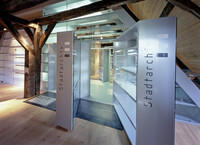
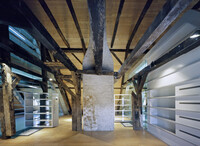
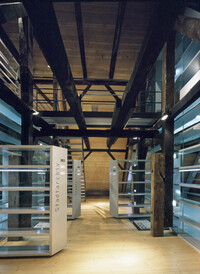
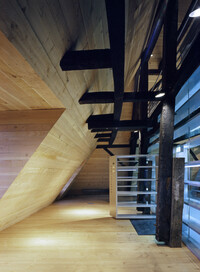
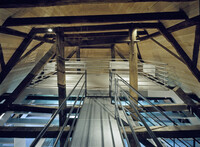
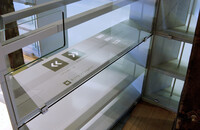
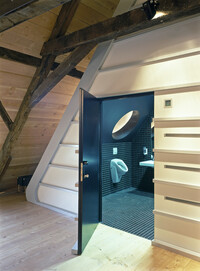
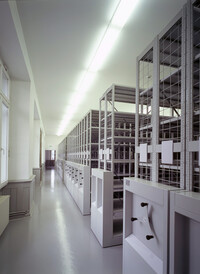
Monastery Library - Town and Landstände Archive
Wedinghausen Monastery was founded in 1170 as a Premonstratensian order. At the beginning of the 19th century, after more than 600 years of history, the monastery was dissolved and parts of the structure were subsequently demolished. What remained was the east wing, which the Catholic parish continued to use as a religious site, and the west wing, which became a public school after secularization in the 19th century.
The task was the restoration of the monument and the conversion of the west wing of the Wedinghausen monastery into a city archive with exhibition areas. The medieval parts of the building were restored after an examination of the historical monuments. The former school classes were converted into exhibition rooms on the ground floor and the city archives were set up on the upper and top floors. The central architectural task of the project was the installation of a public visitor platform for the city archive in the baroque roof structure. Completely reshaped by wild fixtures, it was restored to its original state in a first step.
An archive is the collection of diverse media and a repository of memories. The aim of the design was to visualize the sensual potential of collecting. The task of the architecture was to create a visible framework for the process and the intensity of the collecting. The quantity of archive material that accumulates over time is used - similar to the baroque libraries - to create atmospheres. The usual “running meter” of floor space becomes a central spatial experience - at the same time, the partly two-story shelving walls create rooms for offices, exhibitions or information.